Sidi Bouzid, Tunisia (July 01, 2015) – Characterized by a specific microclimate, the region of Sidi Bouzid has become an early watermelon production area known not only nationally but also internationally. In view of the over-exploitation of plots and monoculture (cucurbitaceae/ cucurbitaceae), several mainly land-based diseases are causing more and more damage.
The study was carried out in the Sidi Bouzid region on a melon crop of the varieties ´ Farao, Crimson and Cariston´ planted in an area of one ha. The choice of the watermelon variety used is based on its sensitivity to Fusarium solani f. sp. Cucurbitae and Fusarium oxysporum f. sp. Niveum and on the other hand, the varieties very appreciated by the Tunisian consumer.
The purpose of this trial is to test the effect of two SANBIO products, namely Sanbio PLANTA and Sanbio EPSOMIT, on crop development, the incidence of fusarium head blight and some quality parameters including sugar levels.
1. Methods and material
The plot of one hectare was divided into three lots, the 1st was treated with PLANTA, the 2nd lot was treated with EPSOMIT and the last lot is reserved as a control. The products were applied at the 3-4 leaf stage (transplanting) at a rate of 1 kg/ha for PLANTA and 1.5 kg/ha for EPSOMIT. Both products were applied via the irrigation system (drip). Throughout the crop, the incidence of fusarium head blight and any parameters of fruit production and quality were monitored.
The plot has a borehole with a flow rate of 25L/s and salinity is 2gr/l. the soil is deep sandy-silty and draining. The crop was installed around mid-March at 5000 plants/ha.
Treatment by both products is carried out two days after the transplanting of the plants at stage 3 leaves.
Following parameters has been monitored:
- number of missing
- number of plants withered
- total yield
- level of sugar.
In addition, an economic study was carried out, taking into account the first three parameters.
2.1. Effect of both treatments (PLANTA and EPSOMIT) on missing plants (loss)
Treatment of plants with either PLANTA or EPSOMIT two days after transplanting did not result in any lost plants (no missing plants) compared to the untreated plot where 900 plants/ha were recorded, or 18%.
Figure 1 shows that the plot treated with PLANTA has homogeneous plants with no missing plants compared to the untreated plot where the plants are not homogeneous because the replacement of the missing plants has caused a delay of growth and consequently a loss of precocity. The same applies to the EPSOMIT treated plot where there are no missed plants (Figure 2).
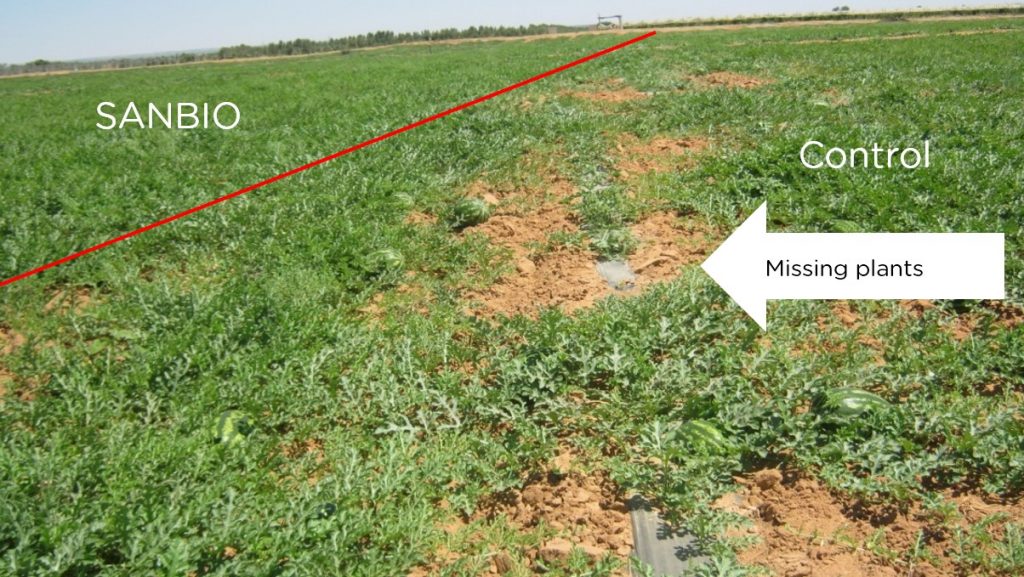
Figure 1. Comparison between the plot treated with PLANTA (homogeneous growth) and the untreated plot (very heterogeneous) on the ´Farao´ variety of watermelon.
In addition, treatment with EPSOMIT resulted in optimal vegetative growth (dark green plant) and therefore a larger size.
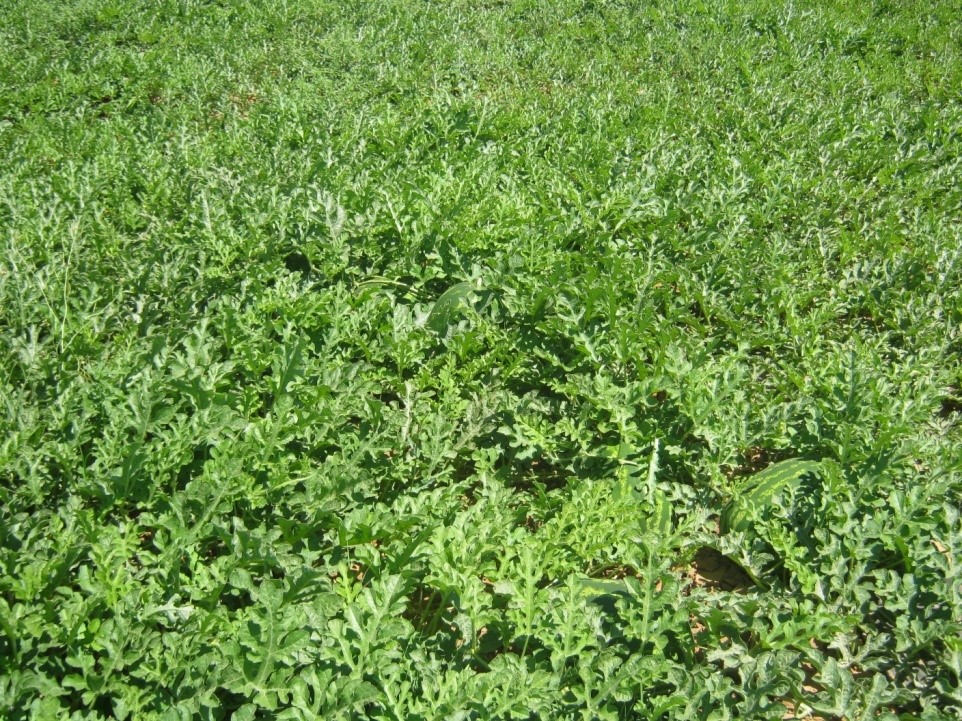
Figure 2. Plot treated by EPSOMIT homogeneous growth with a marked effect green
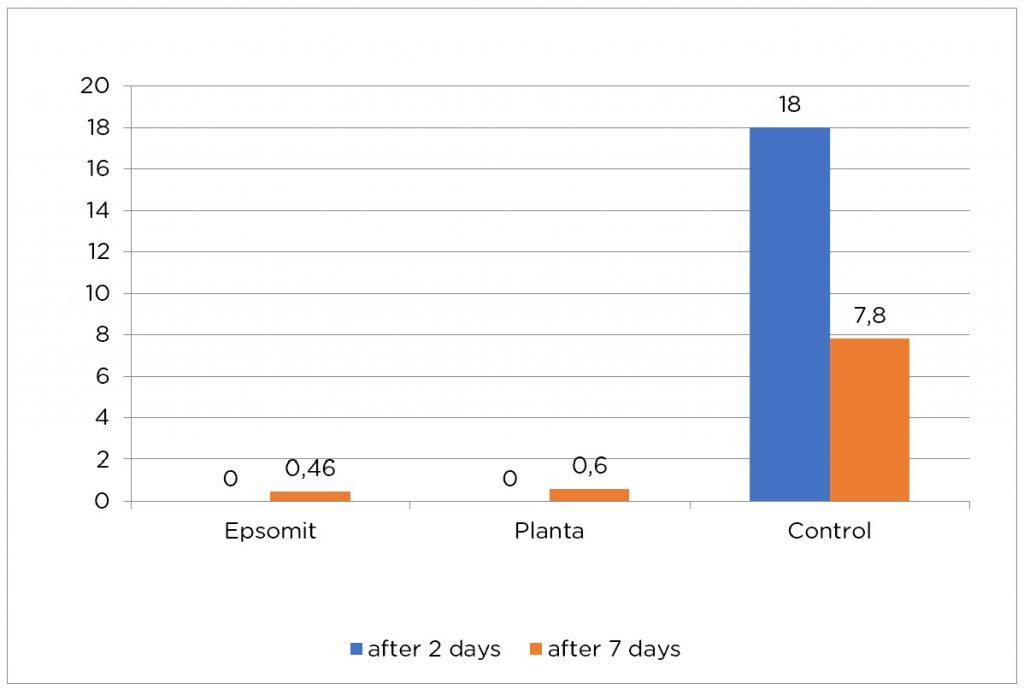
Figure 3. Percentage of missing plants (Loss) in %
2.2.2. Effect of treatment by both products on the number of withered plants
The results obtained show that in the plots treated with PLANTA or those treated with EPSOMIT, no wilted plants were found for the three watermelon varieties. However, in the untreated plot the number of plants showing symptoms of wilt reached 67 plants (1.34%). Laboratory analyses showed that 45 plants exhibited mixed symptoms of root rot caused by F. solani f. sp. cucurbitae and browning of vessels caused by F. oxysporum f. sp. niveum and the rest (22 plants) showed only symptoms of vascular browning.
2.2.3. Effect of treatment by both products on total yield
At the end of the crop (30/06/2015) the calculation of the total yield in the different plots showed that the plot treated with PLANTA had an average production of 100 tonnes/ha for the variety ´Farao´, 98 tonnes/ha for ´Cariston´ and 86 tonnes/ha for ´Crimson´ while the untreated parcel produced only 87 tonnes/ha for ´Farao´, 77 tonnes/ha for ´Cariston´ and 68 tonnes/ha for ´Crimson´, knowing that the missing ones were replaced and that wilted plants were not taken into account.
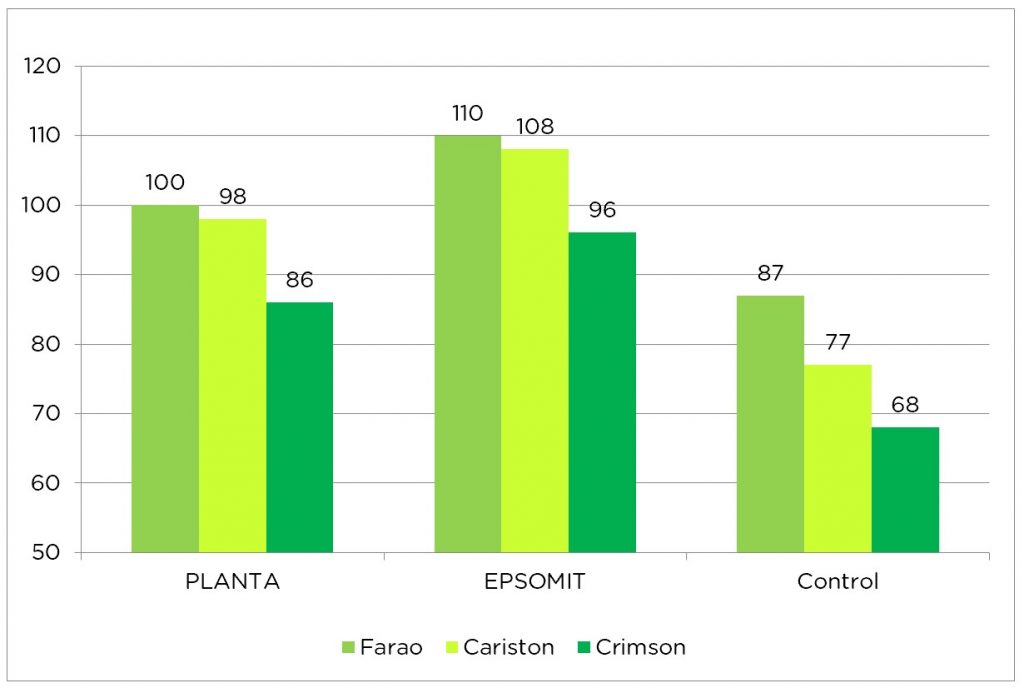
Figure 4. Total yield [t/ha]
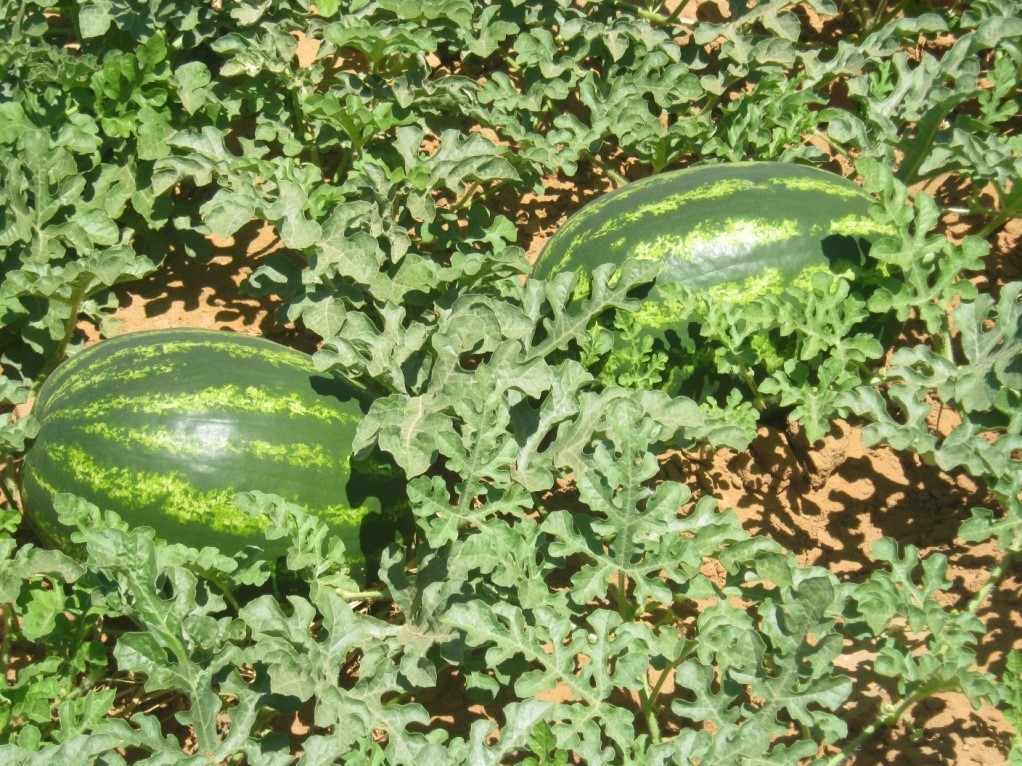
Figure 5. Fruit of the variety ´Cariston´ treated by Planta (photo taken in May 2015)
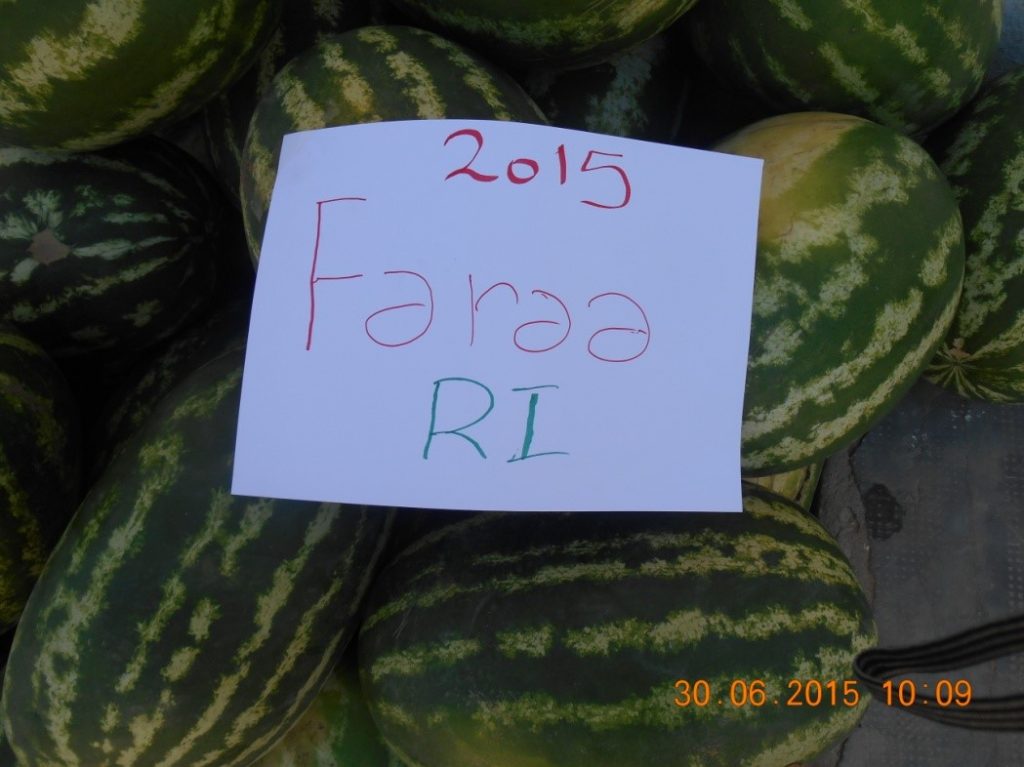
Figure 6. Fruit of the variety ´Farao´ treated by Planta (photo taken in June 2015)
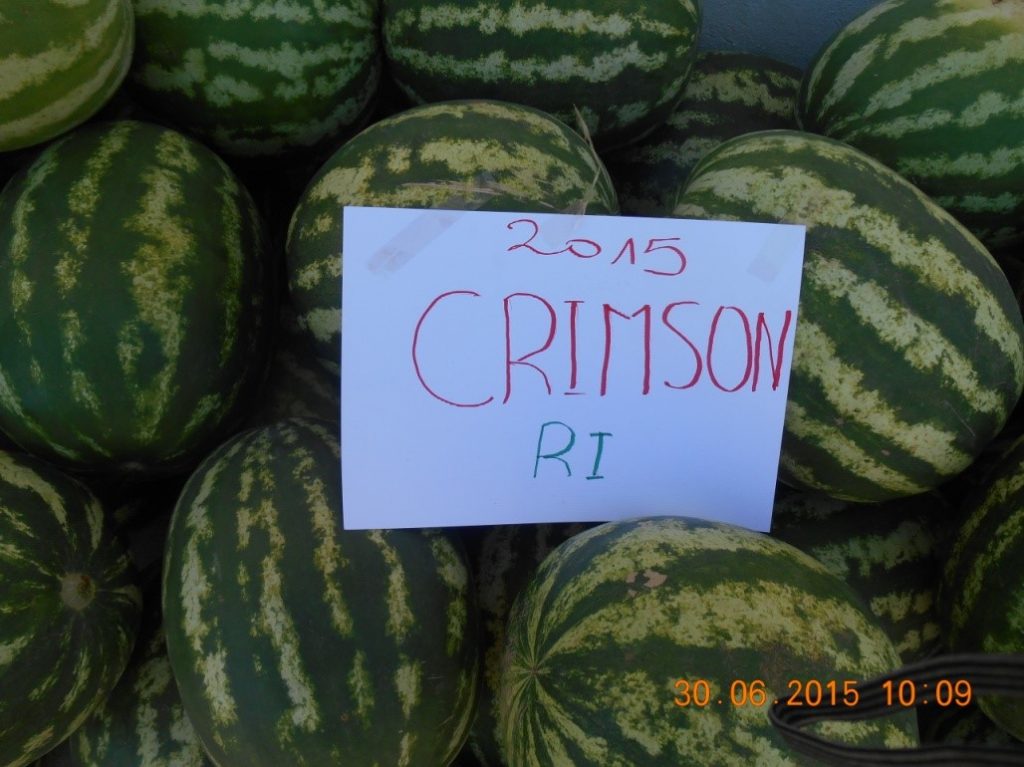
Figure 7. Fruit of the variety ´Crimson´ treated by Planta (photo taken in June 2015)
For plots treated with EPSOMIT, the average yield per hectar was up to 110 tonnes/ha for the ´Farao´ variety. These results show in this trial that treatment by one of the two products resulted in a minimal increase in production of 13% and maximal 41%.
2.2.4. Effect of the two products in the sugar
The analysis of sugar content for the three varieties of watermelon shown that in the case of the application of PLANTA values are 11.1 ° Brix for ´Farao´, 11.6 ° Brix for ´Cariston´ and 10.9 ° Brix for ´Crimson´. In the case of the plots treated with EPSOMIT was obtained 11.3 ° Brix for ´Farao´, 11.8 ° Brix for ´Cariston´ and 11 ° Brix for ´Crimson´. However, in untreated plots these values did not exceed 10.9 ° Brix whatever the variety used.
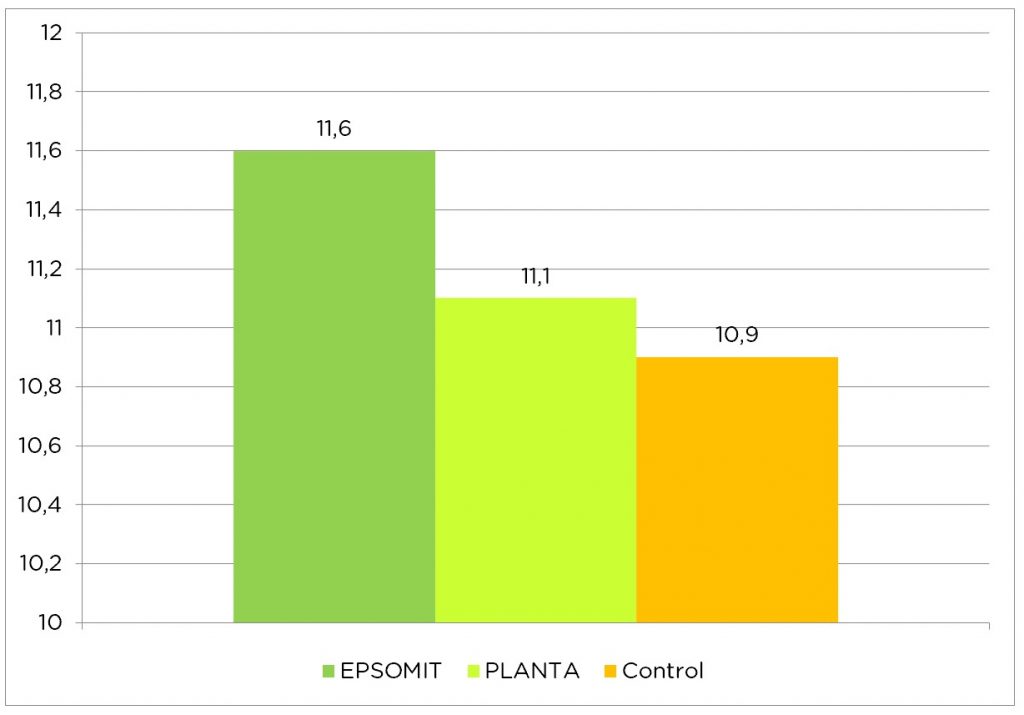
Figure 8. Sugar content, variety ´Farao´ [° Brix]
2.2.5. Economic survey
Financially and in order to convince farmers of the importance of treatment with one of the two products during transplanting, an economic study taking into account the price of a watermelon plant, the number of days to transplant a hectare, the daily wage of a worker and the loss caused by wilted plants.
– Price of a free watermelon plant var. ´Farao´: 0.3 DT
– Wage for a worker in the Sidi Bouzid region: 20 DT/day
– Number of plants transplanted: 500 plants/day/worker
– One watermelon plant produced on average in our case: 20 kg
– Price of one kg of watermelon per plot: 0.4 DT
(DT..Currency ´Tunisian Dinar´)
The calculation is done for one hectare.
In this case the replacement of missing has been achieved. In our case for a 900 hectare was missing which require two working days (40 DT) 270 DT with a price. Taking account of losses caused by Fusarium is assessed at 67 and knowing that plant to plant produced an average of 20 kg and the price of land is 0.4 DT, losses are therefore 536 DT. The total losses for untreated hectare of watermelon by the Sidi Bouzid region are therefore: 270 + 40 + 536 = 846DT. Added to this the losses in efficiency which is 13tonnes whose price is 5200 DT (13 * 400). So, if one applies a treatment PLANTA or EPSOMIT or at a dose of 1 kg / ha and 1.5 kg / ha, respectively, you can win 6046 DT/ha.
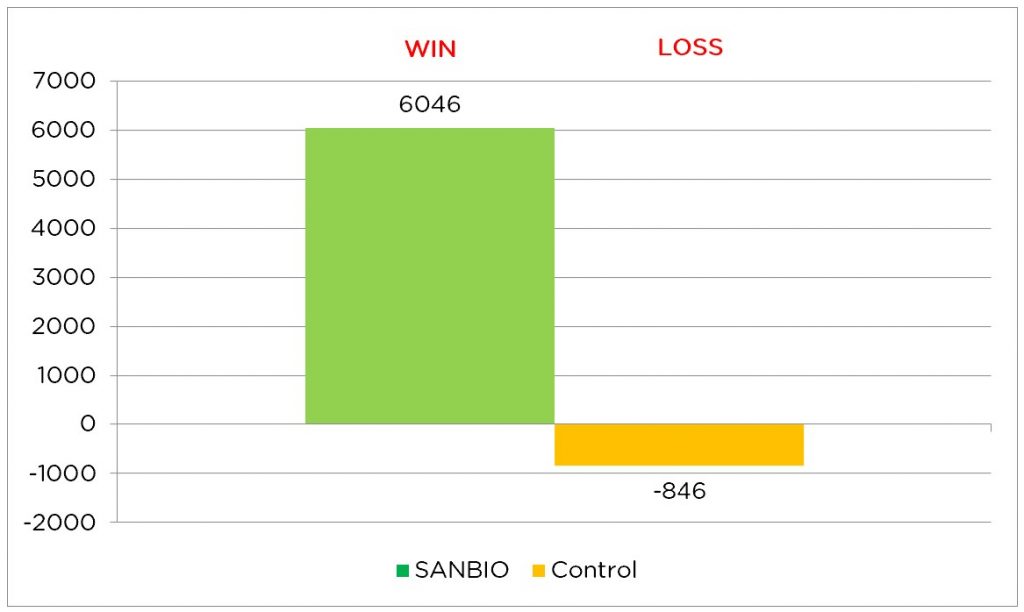
Figure 9. Profitability [DT]
3. Results
These results show that the treatment of watermelon plants with either PLANTA or EPSOMIT has not only led to a reduction in shortages and the incidence of fusarium head blight, but also an increase in yield and an improvement in fruit quality.